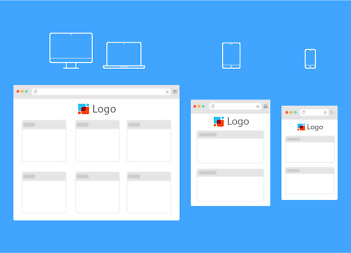Wellness challenges target one small behavior, encouraging participants to repeat the action, gradually building in quantity or intensity, to develop a healthy habit.
Your Complete Guide to Gamified Wellness Challenges in 2025

Most workplace wellness programs today use incentives as a tool to drive engagement and behavior change. As incentive programs become more sophisticated, it is imperative that the program is optimized to benefit the recipient (the employee) and the sponsor (the employer). Most importantly, the program needs to be simple to explain, fair and reasonable to all employees, and practical to administer.

Wellness challenges target one small behavior, encouraging participants to repeat the action, gradually building in quantity or intensity, to develop a healthy habit.







Well-being is an evolving concept with interconnected dimensions that provide the foundation for a fulfilling life. Physical, emotional, social, intellectual, environmental, occupational, financial, and spiritual well-being are the common dimensions.

